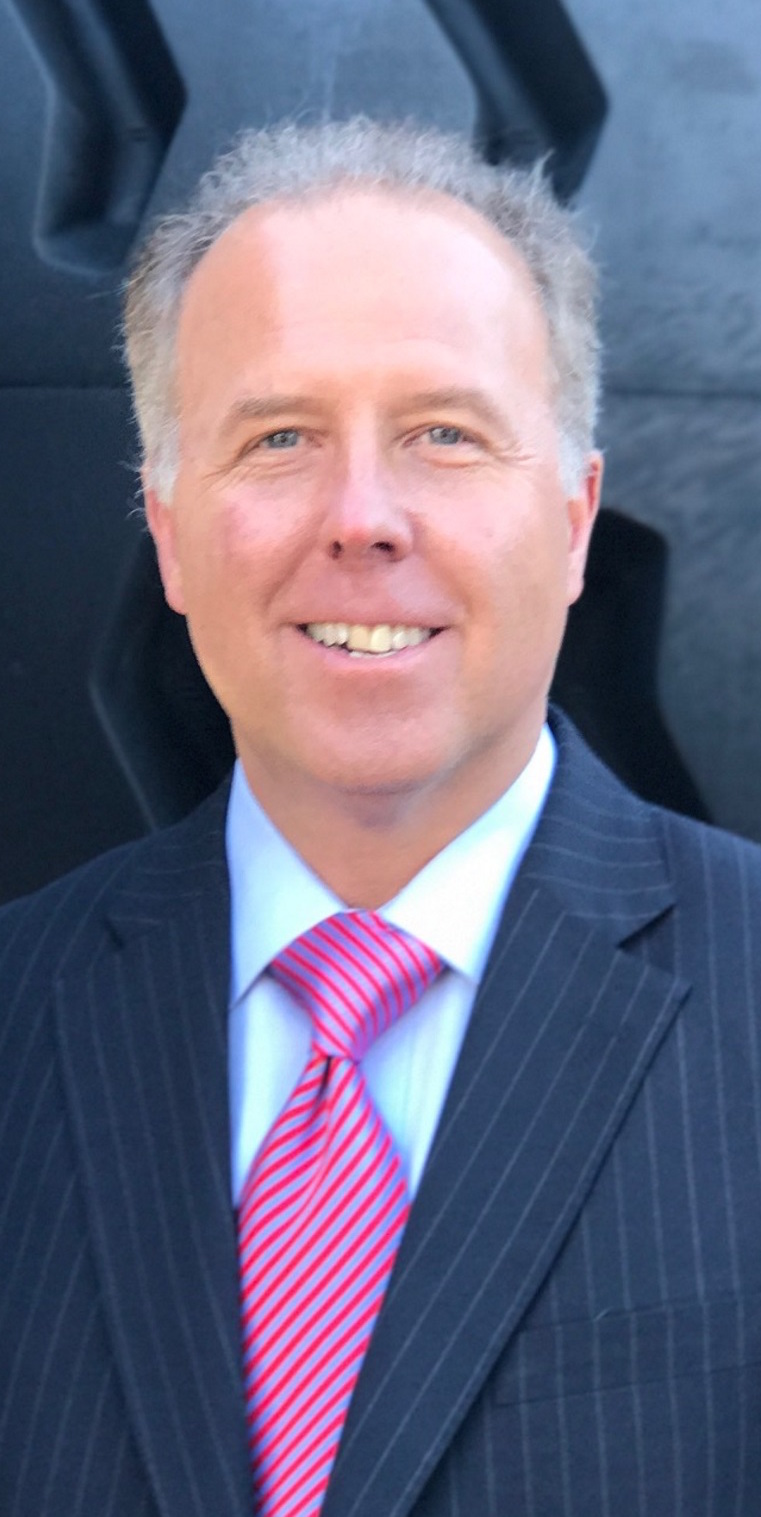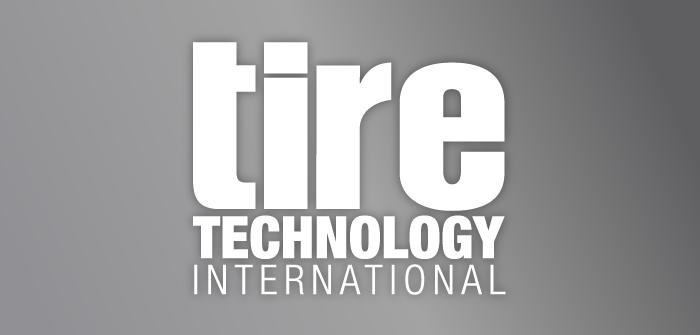 The newly appointed COO discusses key trends and challenges – including his plans for the company, raw material prices, and expansion plans in the USA.
The newly appointed COO discusses key trends and challenges – including his plans for the company, raw material prices, and expansion plans in the USA.
What are your goals for Yokohama?
Growth is a primary objective and YTC (Yokohama Tire Corporation) has asked me to provide leadership in that respect. We want to hit our numbers for growing sales and revenue, and show Japan we can be an even bigger contributor to the company’s global success. Plus, we want to seize the opportunity we have with new products in the consumer LTR and UHPT, commercial UWB and OTR mining segments.
In addition to growing, we want to do it in the most responsible fashion possible. I intend to emphasize a profit-centric mindset along with an ROI sensibility. To support our focus on growth, my goals always include strategies and philosophies on how to elevate the company’s culture.
The foundation here is strong, but we have the opportunity to build a company where people never want to leave, and create a reputation as a destination employer where we have no choice but to turn away people who want to work here. That’s how you employ the best and the brightest and, ultimately, that’s the best type of market differentiator a company can have.
My top initiative is meeting our potential. If Yokohama Tire can meet its potential in the USA, that will transcend any of the goals that I have in mind for market share capture, profitability, and sales growth, etc. If I can walk away from Yokohama knowing that we met our immense potential, I’d be highly satisfied.
Yokohama has launched several new tires in all categories –which segment presents the best opportunities for YTC?
It’s good news across the board and we like all our children, I mean tires, equally. We’re investing heavily in the light truck segment (LTR), with our immediate focus on the mud terrain line.
The new M/T G003 is especially exciting because it’s been a long time in development and has turned out to be a game-changer. Once we build out that line by the end of 2018, we’ll have one of the most comprehensive light truck offerings in our industry.
We also have a renewed commitment to the ultra-high-performance segment of our business. It’s one of the original successes Yokohama had in the USA, and I consider it to be one of our foundational product categories. It’s encouraging to see the investments that are going into rebuilding our equity in that important segment of the market.
In medium truck tires for commercial trucks (TBS), our new plant in West Point, Mississippi, is still increasing production every month. There’s a ton of potential there and the quality is absolutely superb.
With off-the road (OTR) tires for the heavy equipment, construction and mining industries, we have the best sales organization and best leadership team in the industry, including Bruce Besancon, who was brought over from ATG (Alliance Tire Group).
Will Yokohama debut more tires this year and in 2018?
This year was a watershed year for new products from YTC, and that momentum is going to carry on well into 2018. One of my priorities is to ensure product vibrancy by getting more scientific about the age of our range by employing a vitality index.
It’s something that will give us visibility on how new products are performing versus ones that are getting a little long in the tooth. It’s a simple process of knowing when to develop new versus when to update existing models. I’ve had success with this new product development methodology in the past. We’re also refreshing our GTSN Grand Touring segment passenger car offerings for introduction in early 2018.
What industry trends do you see and how has the rise in raw material prices affected your strategy?
Regardless of trends, people always revert to value. There are trends that are influenced by the economy and new car sales, technology (for instance, selling on the internet), millennials, etc. However, the one transcendent answer is to provide value. This means not only visualizing trends but translating them into solutions for customers.
The one trend that stands out most is the effect technology and the internet will have on buyer behaviors in the future. Since we’ve elected to not compete with our customers by selling direct to consumers, we need to better partner in ways that help them thrive as the market shifts. Co-developing strategies to elevate their presence on the internet and then supporting them with dynamic supply chain capabilities will be imperative.
In regards to raw materials, it’s been about five years since this industry has experienced a measurable uptick in raw material costs, so I’d say that everyone is reasonably inexperienced in how to handle this. I find it exciting, but believe the manufacturing community has done a poor job in articulating the impacts. Everyone has some work to do here.
What challenges is the US tire industry currently facing?
The three primary challenges I see are how the industry’s going about right-sizing capacity, how we’re managing supply chain, and overall spending. Starting with right-sizing of capacity, it’s a dynamic manufacturing landscape. There are huge investments in brick-and-mortar manufacturing on US soil.
During the next three to five years, we’re going to learn a lot about supply and demand, and forecasting to a relatively mature market with new in-region manufacturing. Announcements come every week on multi-hundred million dollar commitments and it’s very exciting, but there’s a lot of unknown.
In respect to supply chain, I’ve been blown away by some of the worst fill-rates I’ve ever seen in any industry. I think it’s embarrassing and admit that as a result we are not achieving our potential in some segments. This is an industry that has the capability to be a lot better in serving our customers and their needs in the future, especially as they aspire to better manage working capital in respect to deployed inventory. There’s a tremendous amount of work to be done here.
How is Alliance Tire Group being integrated within Yokohama?
The integration keeps moving along. Communication between the two organizations is key, and I’ve had several meetings with Alliance Tire Americas’ president Jim Clark and his team. And, as mentioned, ATG’s Bruce Besancon is now with Yokohama.
For now, YTC’s decided to run Alliance autonomously and focus only on isolated market-related synergies. Yokohama shares some incredibly strong customers that overlap with ATG within our OTR and commercial markets. We are now exploring customer programming enhancements to help increase loyalty, but from a brick-and-mortar standpoint, the companies will run independent of each other for the foreseeable future. We expect more close collaboration in the future, but we are not married to a timeline.
What’s the latest news on your new R&D Center in North Carolina?
The Charlotte, North Carolina, facility is an important strategic investment that’s up and running, but in temporary quarters. From a people standpoint, we are building our competency with a solid foundation of proven, experienced Yokohama engineers, while simultaneously attracting brilliant, local talent.
How has Yokohama Tire Manufacturing Mississippi (YTMM) been progressing?
I’ve been to the plant recently and was blown away by the state-of-the-art machinery and attention to detail – the plant itself is a marvel of science. As a result, our customers are being treated to what we believe is one of, if not the highest, quality manufactured tires in the market.
YTMM is exclusively focused on TBS tires for the time being. We are ramping up our demand capacity in the USA, so there’s still a good bit of toggling between offshore sourcing from other Yokohama plants versus the current output of YTMM.
In situations such as ramping up production of a new plant, there’s always the temptation to rush the process, which is never a good idea. At YTC, we prefer to get it right as the benefits of longer-term outweigh being hasty. I like how deliberate we are being and know that customer satisfaction and confidence are the ultimate goals. That’s our focus.



